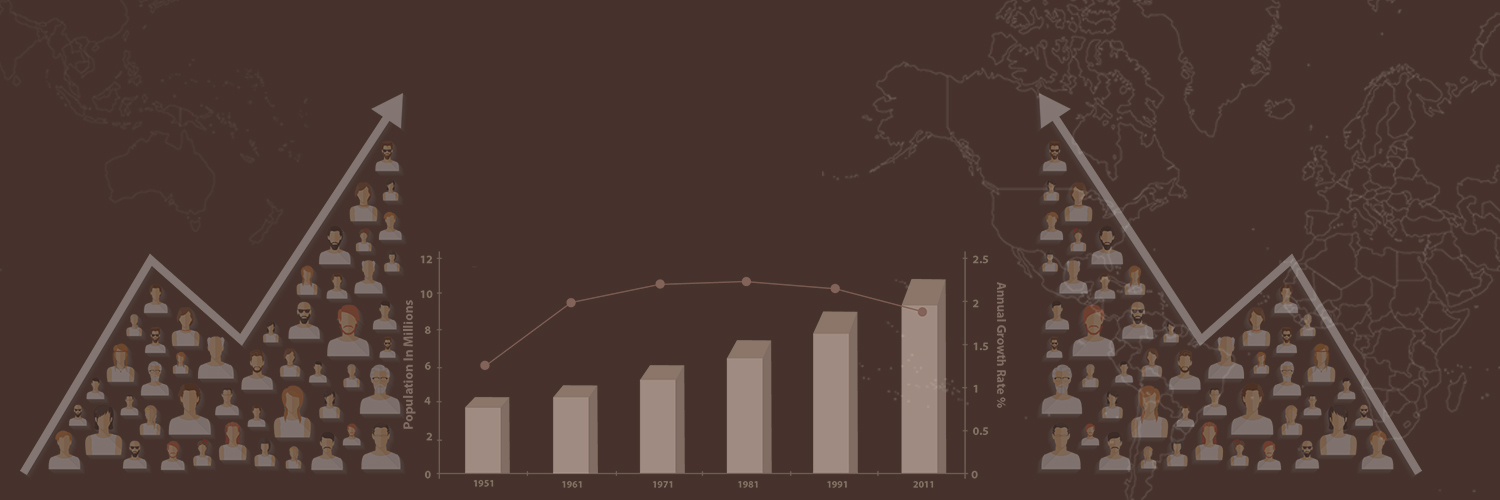Formal Sector Credit in India
- The Reserve Bank of India supervises the functioning of formal sources of loans.
- Banks are required to periodically submit information to the RBI on how much they are lending, to whom, at what interest rate, etc.
Formal and Informal Credit: Who gets what?
- The formal sector still meets only about half of the total credit needs of the rural people and the remaining credit needs are met from informal sources.
- Formal sector loans need to expand but it is also necessary that everyone receives these loans.
